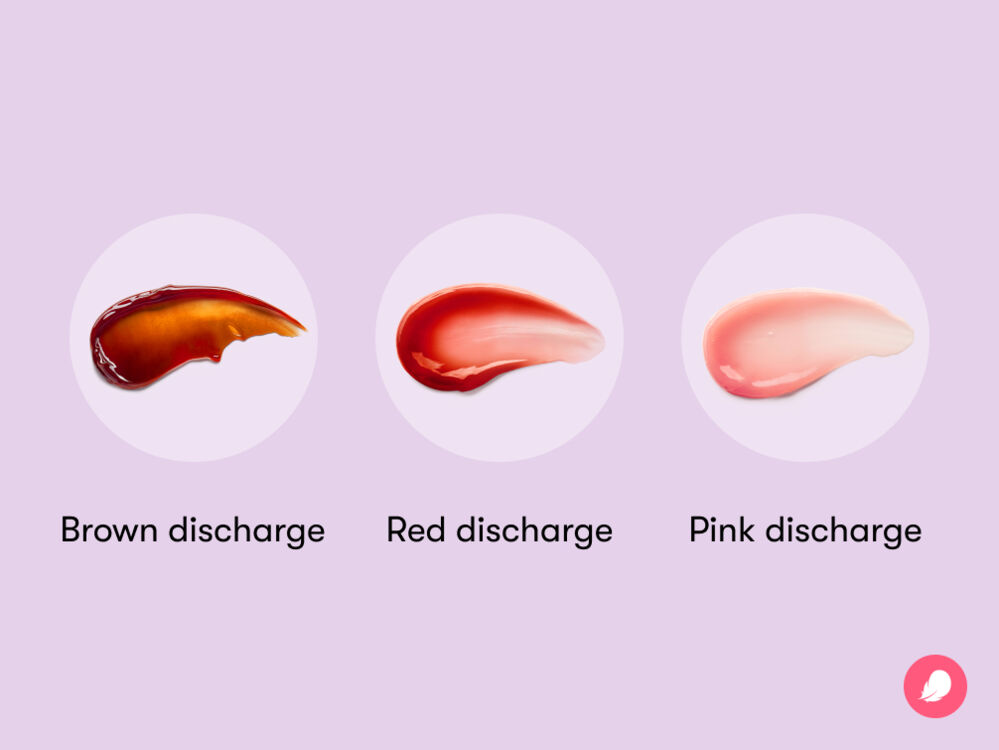Key takeaways
- Brown discharge is caused by oxidized blood when it’s mixed with normal discharge.
- While a change in discharge can be alarming, brown discharge is usually normal and nothing to worry about. It could be a sign that your period has just ended or is about to start or that you’re ovulating.
- Sometimes, brown discharge can be an early sign of pregnancy, known as implantation bleeding.
- In some cases, brown discharge is a sign of an infection or something more serious, so if you notice a change in discharge with other symptoms like pelvic pain, itching, or a bad smell, reach out to your health care provider.


